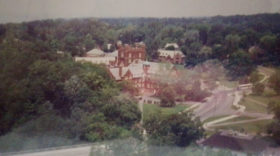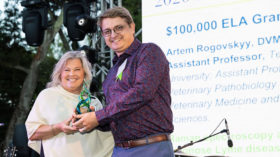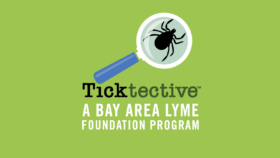BAL Spotlight Series
In Puerto Rico, Donating Your Body to Science is Almost Impossible
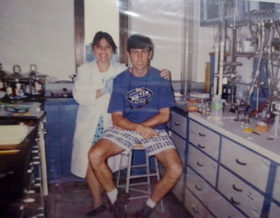
Luisette Mauras Rodriguez is lying in bed at home in Guyana, Puerto Rico, waiting to die. She’s 46 years old, her body ravaged by Lyme, numerous tick-borne coinfections, and a multitude of other hits caused by environmental exposure to toxins like black mold, fungus, mycoplasma, and chikungunya virus. Family members do not understand her illness and laugh at her ‘exaggerations.’ Her husband left her because he fears getting sick and his religious convictions cause him to question the validity of her condition. Her mother, formerly a registered nurse, has abandoned her to her fate. Whenever Luisette gets desperate for help and goes to the ER, they refer her to the psych ward saying her illness is fabricated.
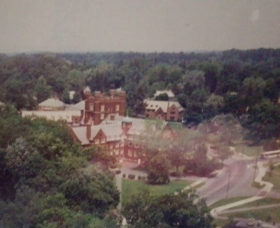
A former professional lab technician who worked in pharmaceutical development with US companies like Wyeth, SmithKline Beecham, and IPR Pharmaceuticals, Luisette has one dying wish: to donate her body to the Lyme Disease Biobank (LDB) so that samples from her brain, joints, organs, and tissues will be used to fuel much-needed research into Lyme and tick-borne diseases. She has registered with the National Disease Research Interchange (NDRI) in Philadelphia to have her body collected after her death, but as of writing this article, staff there are unable to find any medical professional on the island willing to partner with them to ensure this happens.
“We have been unsuccessful in securing anyone for recovery for the donor located in Puerto Rico. It has been very difficult getting anyone to follow up with us on top of the language barrier. We were trying to give the pathology department at the University time to get back to us but they seem to be very busy. The complexity of the recovery also makes it more difficult as well.” — Wauchita Green, Manager, Organ & Tissue Source Sites, NDRI, The National Disease Research Interchange
